This unusual-looking duck is called the Red-breasted Merganser, and it only visits Florida during the winter. While this bird usually breeds in the northern coastal regions of Canada, this diving duck flies as far as our home state and Mexico across the Gulf.
In Florida, they make their home in brackish or saltwater sources such as estuaries, bays, lakes, and rivers.
The Red-breasted Merganser is easily identifiable from its fluffy crest, which both males and females have. Breeding males tend to have more color and brighter patterning with black and white plumage, brown-spotted breast, and bright white collar. Though the females are duller brown and gray, both sexes sport red eyes and beaks. Sexually immature males will appear more like females until they reach adulthood at about 2 years of age. The red beak is not just for looks; the bill is serrated and used to catch fish.
The Red-breasted Merganser dives from the surface to catch its prey. To support its energy usage, it must catch roughly 20 fish per day. This duck must dive over 250 times daily to catch enough fish to survive. The Red-breasted Merganser is not only a beautiful duck but a busy one.

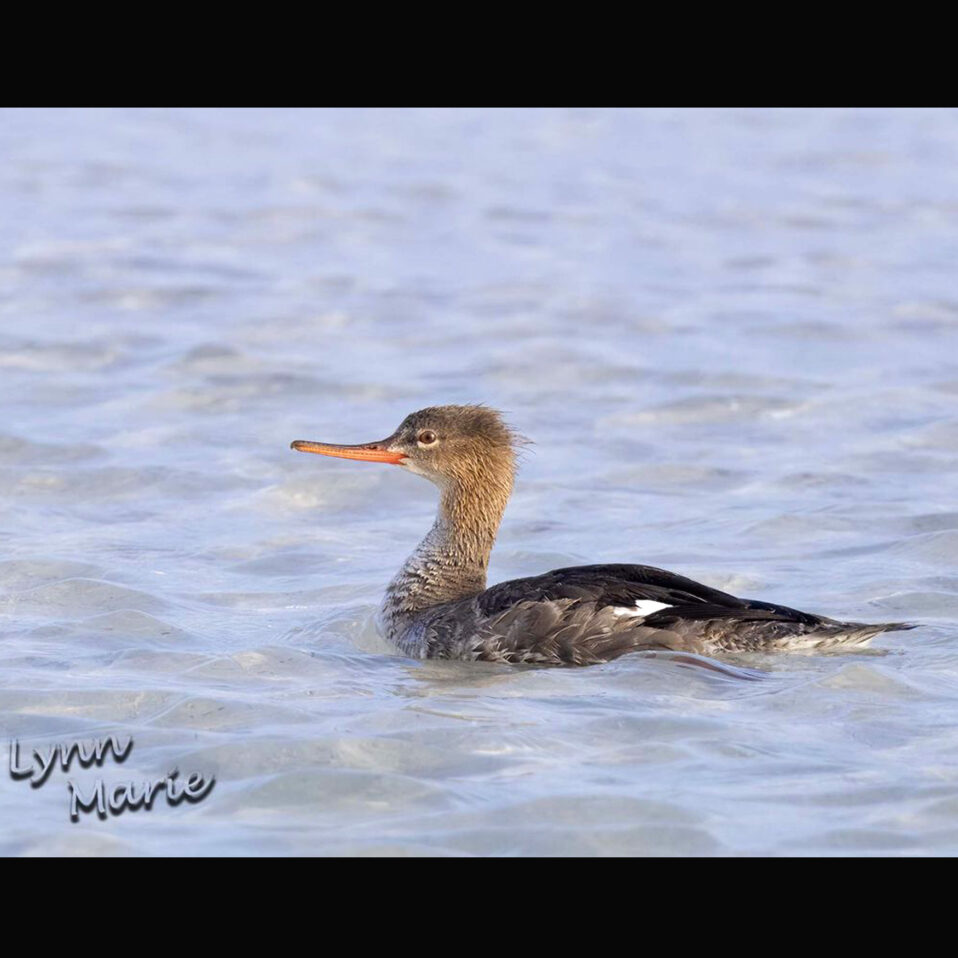
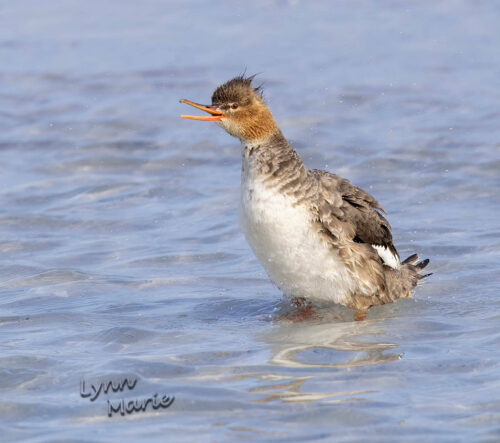
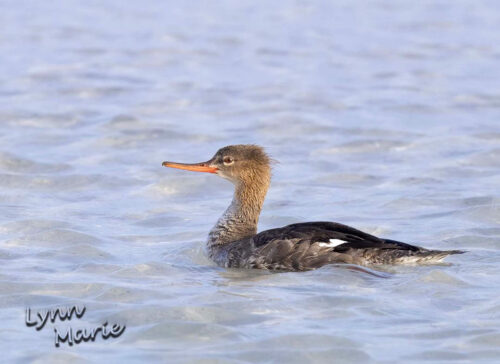
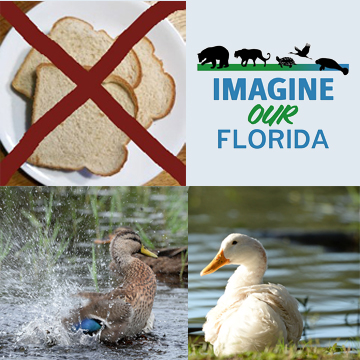
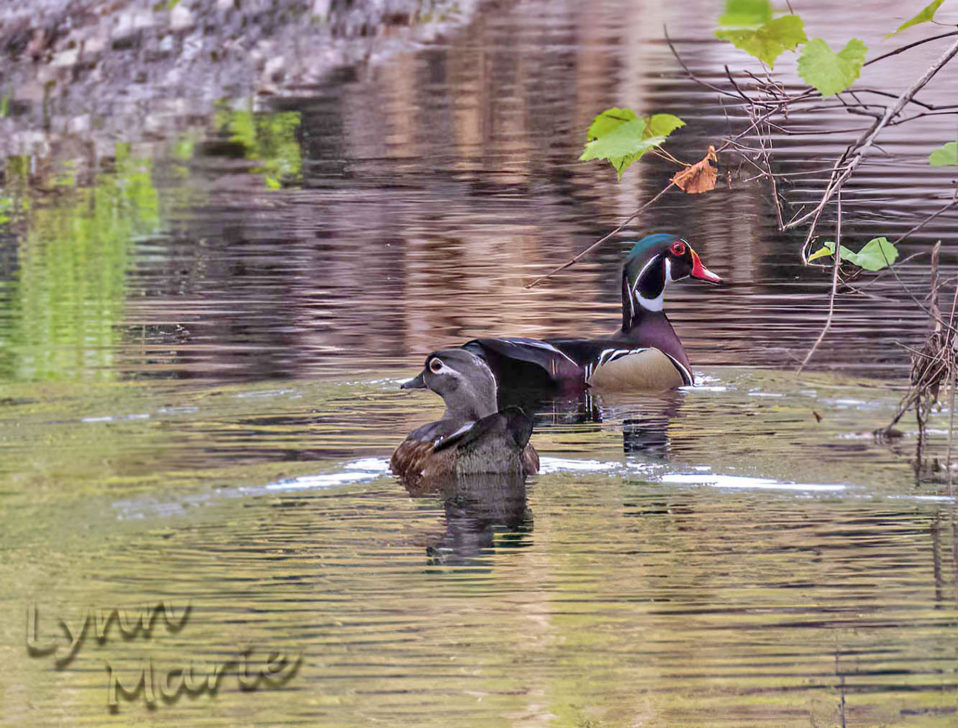
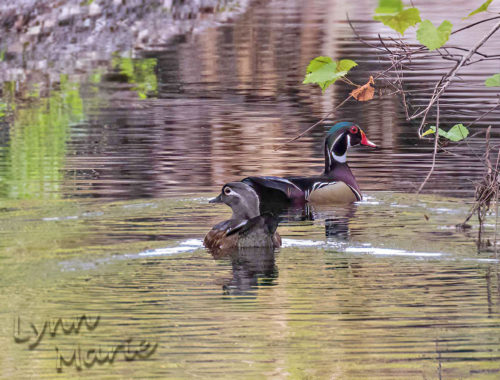
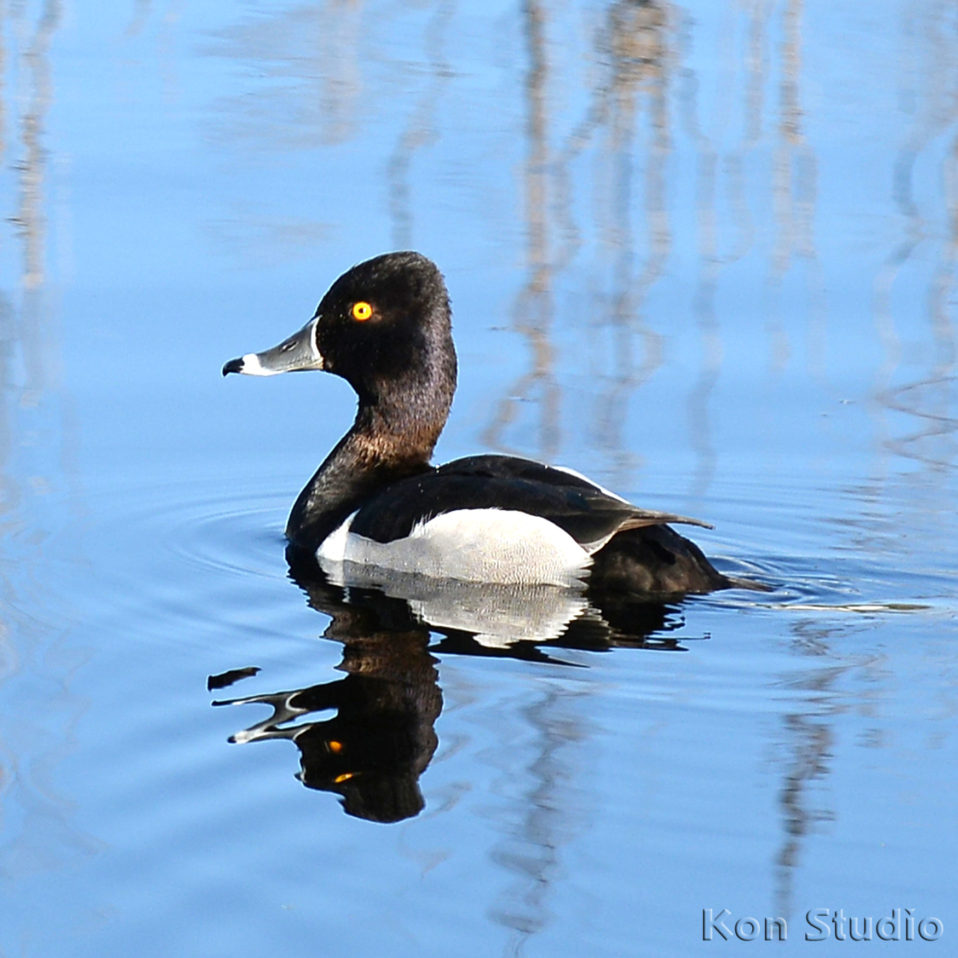
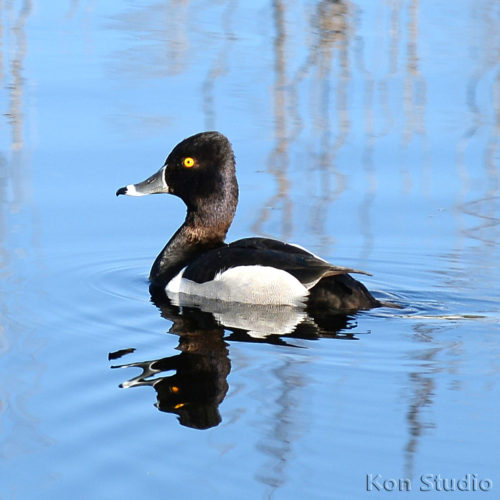
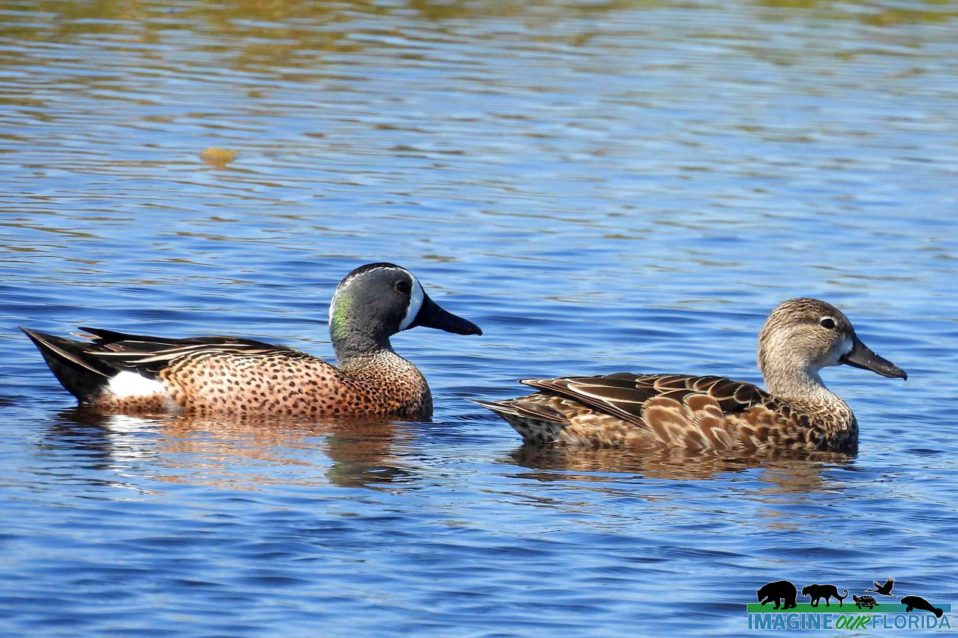
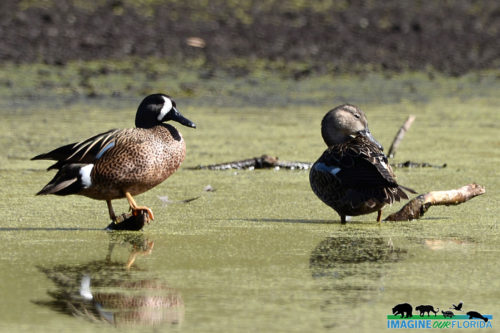
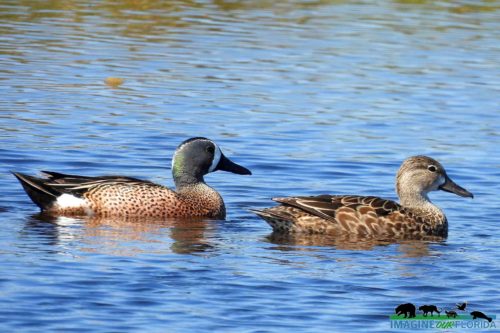
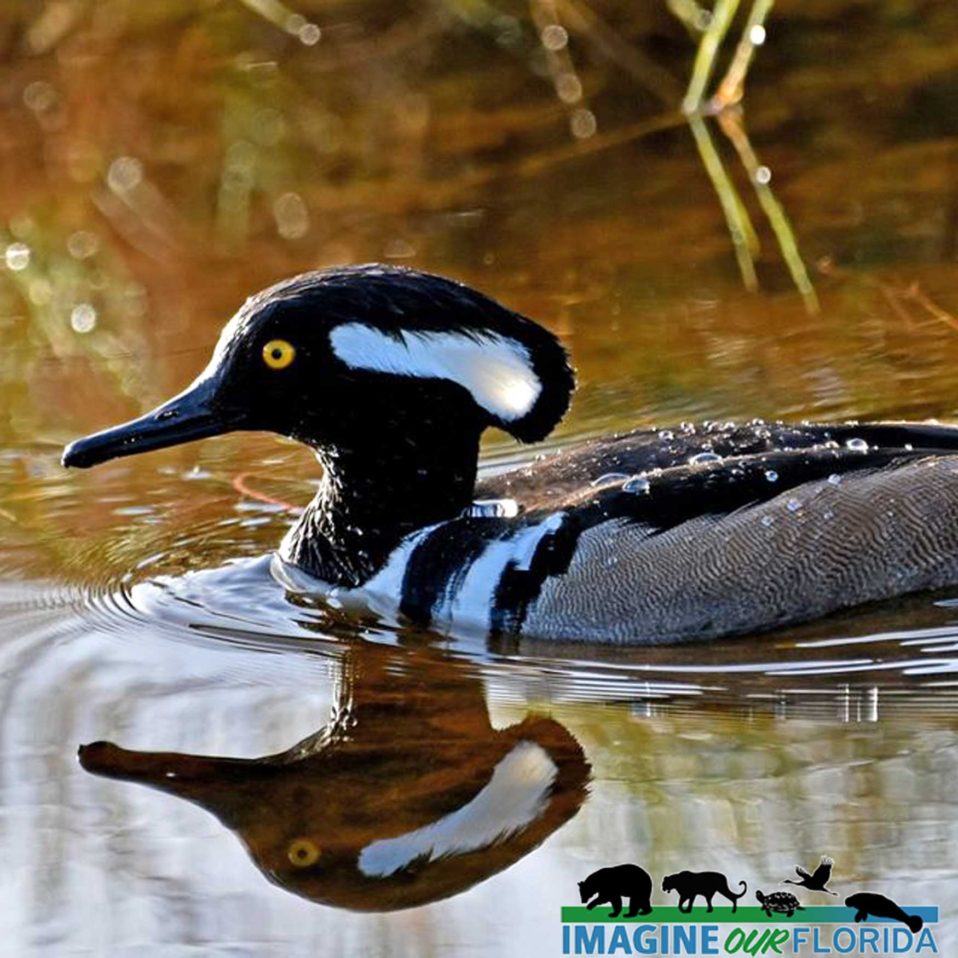
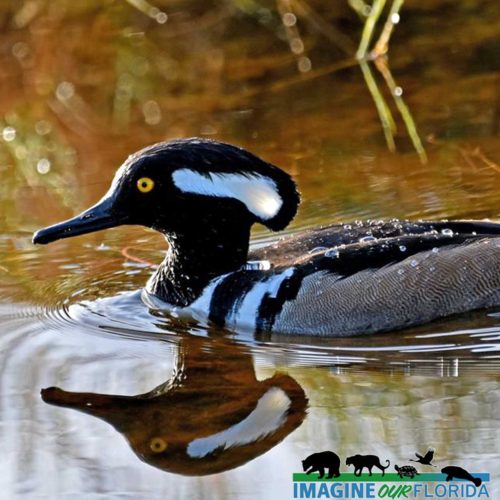
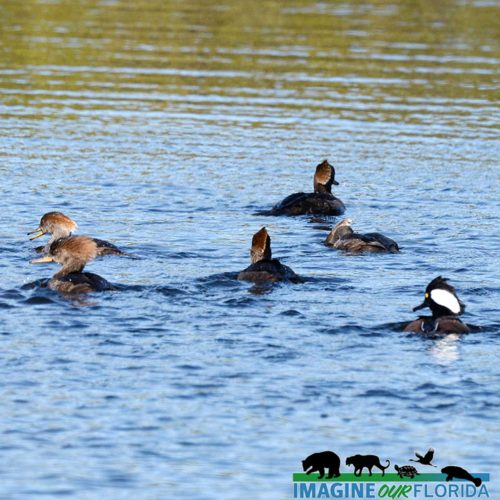
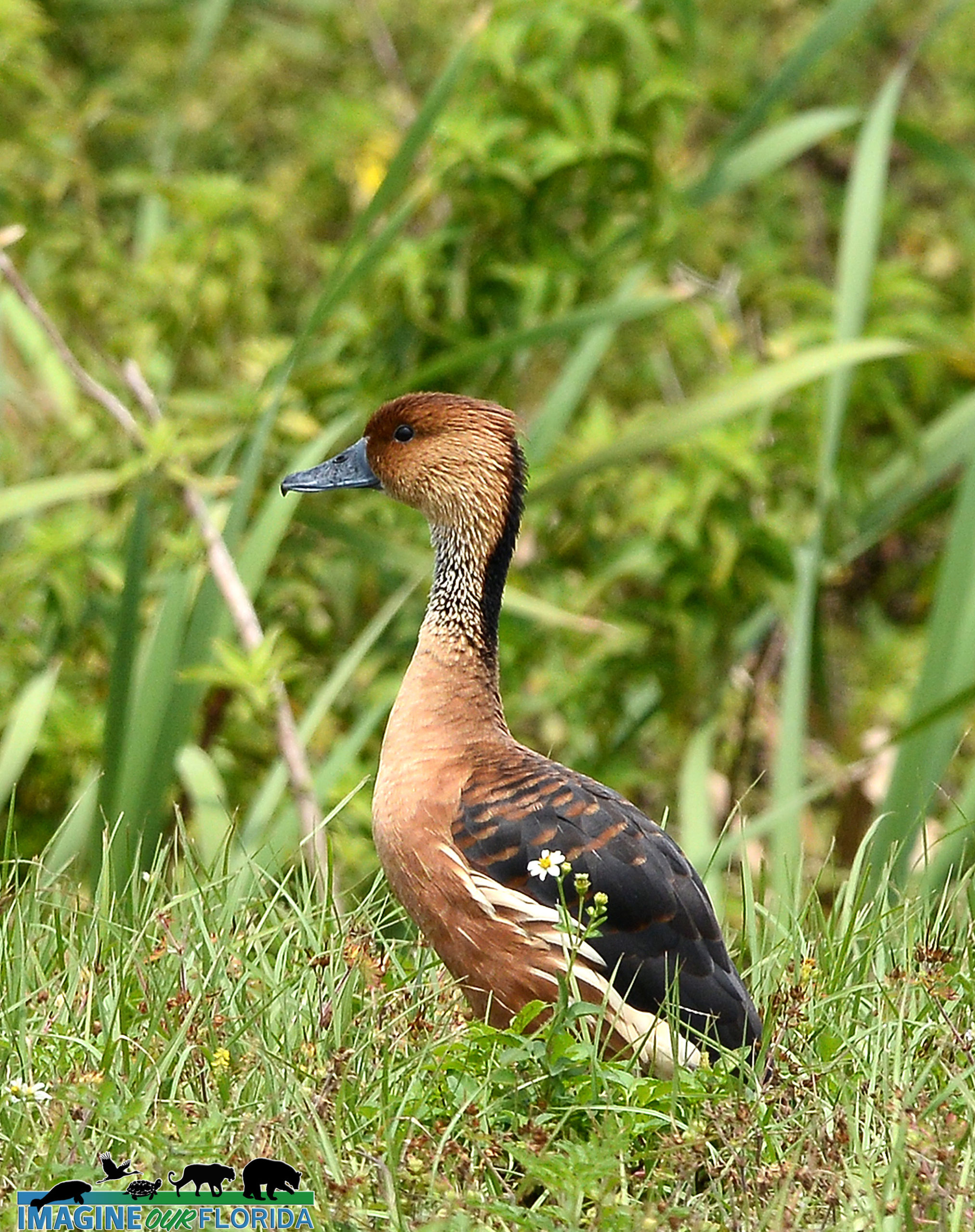
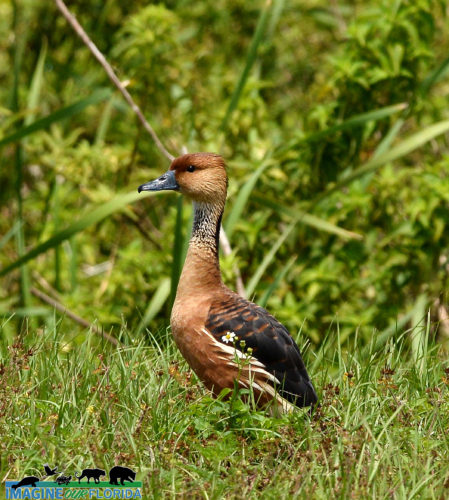
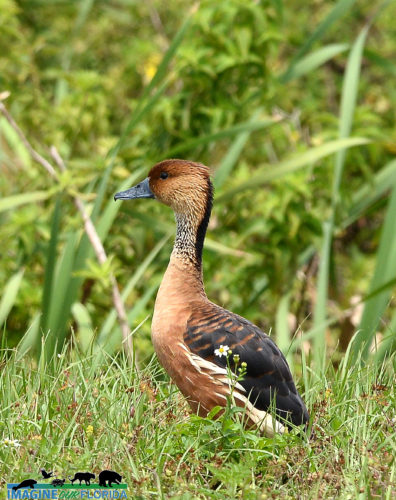
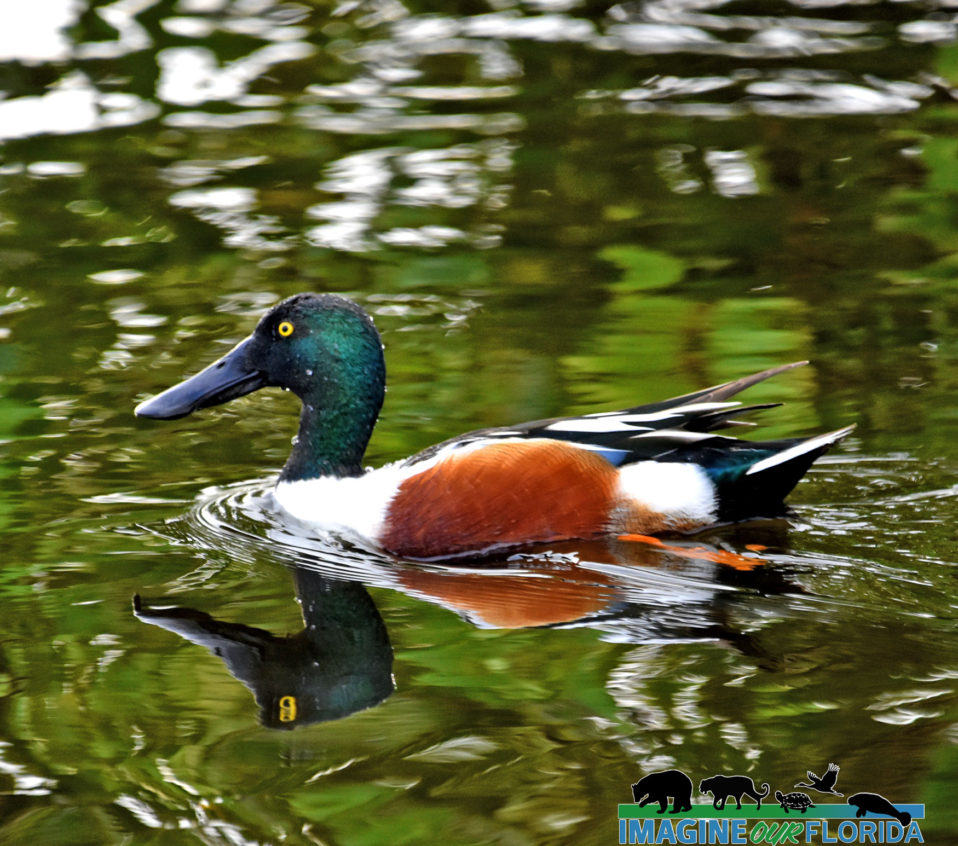
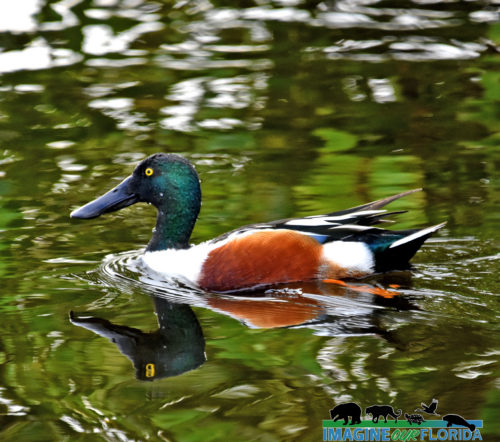
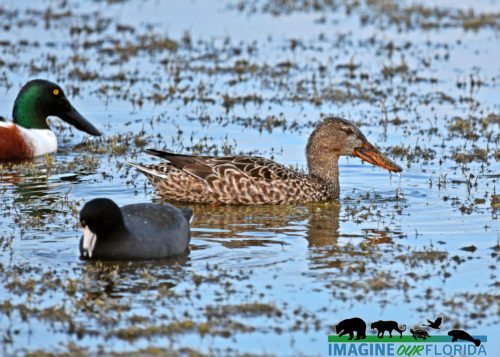
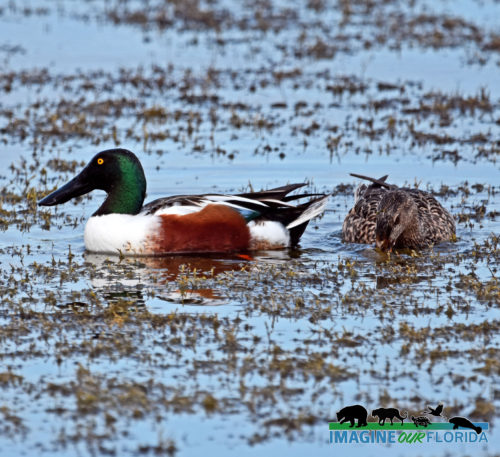
Recent Comments